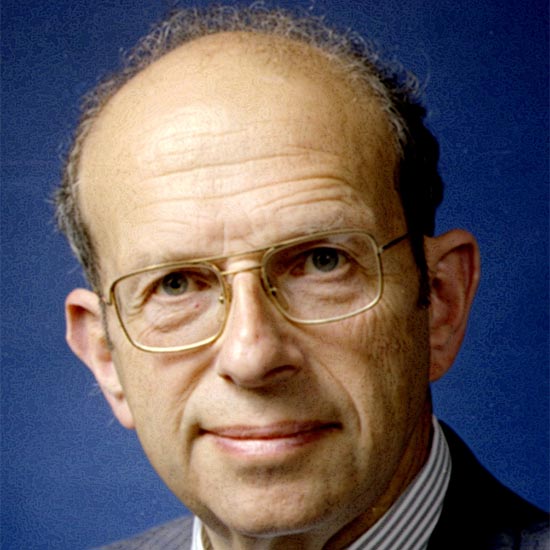Peter Hirsch was a materials scientist who pioneered the direct observation and motion of crystal defects called dislocations in thin foils using a transmission electron microscope. These observations have helped explain the role of dislocations in controlling plastic deformation of metals. He and his group developed the theory of electron diffraction contrast imaging, which enables dislocations to be observed and characterised.
The technique is used to monitor defects introduced during materials processing, gives guidance to the understanding of mechanical properties, and underpins the development of new materials such as high-temperature alloys for jet engines, nuclear radiation-resistant alloys, and semiconductor devices.
Peter’s honours include the 1984 Wolf Foundation Prize in Physics, the Royal Society’s Royal Medal and the Russian Academy of Sciences’ Lomonosov Gold Medal. He was knighted in 1975. From 1982–1984, Peter was Chairman of the UK Atomic Energy Authority, and he was founder Chairman of Isis Innovation, the technology transfer company of the University of Oxford.
Sir Peter Hirsch FRS died on 12 September 2025.
Professional position
- Emeritus Professor of Metallurgy, Department of Materials, University of Oxford
Subject groups
- Engineering and Materials Science
Awards
-
Hughes Medal
For his distinguished contributions to the development of the electron microscope thin film technique for the study of crystal defects and its application to a very wide range of problems in materials science and metallurgy.
-
UK-Canada Rutherford Lecture
On 'Modelling the brittle-ductile transition'.
-
Wolf Prize
In the field of physics for his development of the utilization of the transmission electron microscope as a universal instrument to study the structure of crystalline matter.
-
Royal Medal
In recognition of his distinguished studies of defects in crystals and especially of his elucidation of the process of work hardening.

